One of the biggest (and most expensive) mistakes landlords make is not doing a thorough property inventory report (also commonly referred to as “schedule of condition”) at the start of a tenancy.
Bypassing an inventory is an extremely effective way for landlords to unnecessarily exhaust resources on repairs and disputes with tenants at the end of the tenancy, which is why they are critical and why every landlord (and tenant) should ensure there is one in place.
If you’re a landlord, and in the event that you make a claim against the tenancy deposit for damages caused by the tenant, it’s very unlikely you’ll be able to make a successful claim without a reliable inventory report. This is a very common scenario!
Only £89 – Special on Professional Landlord Inventory Services
Exclusive £10 Discount code – LettingAProperty.com are currently offering professional inventory services from £119 (normal price £129), which is conducted by an inventory clerk accredited by the Association of Independent Inventory Clerks (AIIC). Quick & easy online orders!
Page contents
- What is a Landlord Inventory?
- Why landlords and tenants should always have a property inventory
- The process of an inventory
- Before doing your inventory…
- When should the Inventory cross-checked?
- The final check at the end of the tenancy
- Wear & Tear
- What happens if items have been damaged?
- When damages exceed deposit amount
- What if parties cannot agree on damages?
- Should I create an Inventory for an Unfurnished property?
- Using an Independent Professional BTL Inventory Clerk
- Download FREE Inventory Template Form
What is a Landlord Inventory?
A property inventory is a detailed report which records the condition and cleanliness of each room and its fixtures and contents of a rental property at the beginning of a tenancy. They are also commonly referred to as “schedule of condition” (or “condition report“):
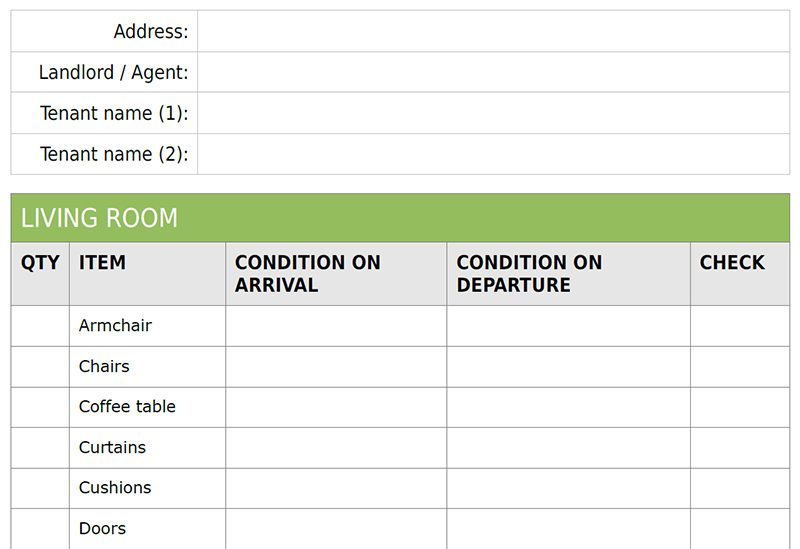
Landlord Inventory Template (available for free download below)
A landlord’s inventory is usually documented by a form and supplementing pictures.
There are generally two key elements to an inventory report:
- Check-in report – this logs the condition of the property and the items as the tenant receives them in.
- Check-out report – this logs the condition of the property and the items at the end of the tenancy.
Disputes over repairs at the end of the tenancy are incredibly common, but with an inventory in place, it makes it much easier to manage the situation and fairly delegate any liabilities.
Property inventories are put in place to help protect both landlords and tenants, so no one is unfairly made liable for damages they are not responsible for.
Why landlords and tenants should always have a property inventory
- They help remind both tenant and landlord what the condition of the property was at the beginning of the tenancy.
- They avoid (or at least, reduce) disputes, because inventories help determine who is liable for any damages.
- If there is a dispute over any damages and the matter escalates to adjudication, an inventory will play a vital role in reaching a solution.
- Without an inventory, landlords will have a terrible time recovering any costs from the deposit if the tenant disputes the claims. A tenancy deposit adjudicator will require evidence for any claims, so it will be not sufficient to say, “the property was left in bad condition so I need the deposit to rectify it”
In fact, in this case, most tenancy deposit claims made by the landlord will be swiftly rejected if there is no inventory.
The process of an inventory
- If you’re using an agent or independent inventory clerk to handle your inventory, they should advise accordingly on how the process works.
- If you’re going to conduct the inventory yourself, you should prepare the inventory on the move in day (or shortly before, assuming the property is in the exact condition the tenant is going to receive it in) with the tenant present.
Even if you use a third party to conduct your inventory, you should make every attempt to have the tenant present when the inventories are done (for both the check in and out).
- The check-in report should be conducted before your tenants move in with any of their possessions. Any faults with the property or any items should be documented in the inventory form.
The inventory should also document the condition of every item and attribute of the property, in a grading style, from “excellent” to “poor”, along with a short description (if necessary), with relevant assisting notes and photos if necessary.
- Photographic or video evidence of the property contents and condition is recommended. I’ve retrospectively written an elaborate blog post on how landlords should prepare an inventory and take supporting images – I would highly recommend reading that before compiling your inventory.
- After the inventory is complete, every item should be agreed on by both landlord and tenant and signed off by both. The landlord should keep a copy and one should also be issued to the tenant.
- At the end of the tenancy and after the tenant has vacated all their possessions, the same inventory should be used to log the check-out report.
- Tenants should be given an opportunity to dispute both check in and out reports, so build this into your processes and procedures.
There have been many cases in the past whereby tenants have stated that they never saw the check in/out reports or they were not accurate, during a dispute. So it’s always sensible to email the reports to the tenant and get them to confirm they are happy with the contents, that way you will have evidence.
Before doing your inventory…
Before compiling your inventory, I highly recommend reading my blog post on The Right Way For Landlords To Make A Tenancy Deposit Claim.
I know what you’re thinking, “Why do I need to read up on how to make a claim now?”
That blog post contains feedback from an actual tenancy deposit claims adjudicator, explaining the process he goes through when assessing a claim, and what he would ideally like to receive as supporting evidence from landlords in order to maximise their chances of making a successful claim.
His insight is invaluable and will retrospectively help you compile a better inventory.
When should the inventory be cross-checked?
It is common, and advisable, for landlords or agents to make regular inspections.
Inspecting on a quarterly basis (every 3 months) to compare the inventory with the current condition is normal practise.
It’s important to remember that a tenant needs 24 hour notice in writing before an inspection is made. You can download a property inspection notice from here.
Any obvious signs of damage should be flagged and discussed with the tenant.
The final check-out report at the end of tenancy
On move out day the landlord should complete a final inspection to assess the condition of the property at check-out, referencing the inventory.
The check-out inspection should be completed with the tenant present, and only after all their possessions have been vacated from the premises. (Note, a lot of damage is often caused while tenants move their furniture/possessions in and out of the property, which is why it’s crucial not to conduct the check-out inspection before then!)
Oh, yeah… “Wear and tear”! Let’s discuss it.
It’s important to note that tenants cannot be held liable for “fair wear and tear”, and it should not be flagged as signs of damage when cross-referencing the inventory during the check-out inspection.
“Fair wear and tear” refers to any consequences of “reasonable use of the premises by the tenant and the ordinary operation of natural forces.”
So, for example, carpets naturally wear overtime with normal use, which means landlords can’t seek compensation to replace carpets if they’ve naturally worn away over normal usage. Here’s a more in-depth guide on wear and tear.
What happens if items have been damaged?
If there’s a general consensus between the parties on what has been damaged, then estimates should be drawn up for repairs/replacements. The tenant should be informed of all the costs in writing and amounts of deductions from the deposit.
A tenancy deposit scheme should be holding the deposit, so they should be made aware of what has been agreed, so they can distribute the deposit accordingly.
If the deposit doesn’t cover the amount needed to carry out the repairs, an invoice itemising all costs involved for additional payments should be sent to the tenant.
If items need to be replaced then it’s the landlords obligation to consider betterment. This means that the original age and condition of the replaced item should be taken into account when estimating the replacement cost.
What if the landlord and/or tenant cannot agree on damages?
If both there is a dispute over which items have been damaged, the severity of the damage, or any associated costs to repair damages etc, then great care should be taken in:
- recording the state and condition with photographs
- obtaining estimates and repair or replacement costs
- informing the tenant/landlord in writing
All disputes should be handled by an independent and free Alternative Dispute Resolution (ADR) service provided by the scheme the deposit is secured with, which will aim to resolve any disputes quickly and without the need for court action.
Each scheme will contain an alternative dispute resolution (ADR) service, so both tenant and landlord will need to contact the appointed scheme. If both landlord and tenant agree to use the service, they will have to agree to accept its decision and will not be able to apply to the courts.
When damages exceed deposit amount
If there’s an excessive amount of damage to the property and the cost for repair exceeds the value of the deposit, the tenant should cover the over-spill (assuming they are liable). However, in the event that the tenant is unwilling to pay the extra, your only option might be to apply to a court for a claim if you wish to recoup the costs. Please refer to my blog post on when tenants cause damage for further details.
Should I bother creating an Inventory for an unfurnished property?
The short and only answer is: yes.
Even if a property is deemed as unfurnished, there will still be items that can be damaged and costly to replace e.g sinks, carpets, condition of walls etc. Consequently, it is still crucial to have a detailed inventory.
Using an Independent Professional BTL Inventory Clerk
While doing an inventory report independently is perfectly valid (and cost-effective), it’s generally not as reliable as using a professional inventory clerk, least of all because of the impartiality they bring to the table, which carries weight through the eyes of adjudicators.
Tenancydepositscheme.com (one of three Government approved deposit schemes) states the following:
The adjudicator will use the inventories to compare the property condition at the beginning and end of the tenancy and without it, they’re highly likely to reject the landlord’s claim.
Those considered to be the best evidence will usually:
- have been prepared by a third party such as a professional inventory clerk
- contain dated photos
- have been signed by the tenant
The cost for an independent clerk can vary depending on the size of the property, and whether it is furnished or unfurnished. As a rough guide, you could be looking at approximately £100 for an unfurnished property, while £130 for furnished. As always, it’s worth shopping around for the best rates.
LettingAProperty.com offers a service which you can easily order/book online (it’s a shameless affiliate link, but that’s certainly not why I’m sharing their service. I’m open to other recommendations)…
| Supplier | Notes / Includes | From Price | |
|---|---|---|---|
Supplier | Notes / Includes
*The cost of the landlord inventory service is determined by the size of the property, the number of bedrooms and whether the property is to be let furnished or unfurnished. Cost starts from £119 (with discount code). | Price *£119Inc VAT (Normal price: £129) | Visit website £10 Discount Code: PIP10 |
Please note, I try my best to keep the information of each service up-to-date, but you should read the T&C's from their website for the most up-to-date and accurate information.
If you want to do your own inventory, you might want to download the free inventory form below…
Disclaimer: I'm just a landlord blogger; I'm 100% not qualified to give legal or financial advice. I'm a doofus. Any information I share is my unqualified opinion, and should never be construed as professional legal or financial advice. You should definitely get advice from a qualified professional for any legal or financial matters. For more information, please read my full disclaimer.
Any documents you download from this website are just examples of its kind and should be checked by a professional. I give no warranties or representations concerning the documents, and accept no liability in relation to the use of the documents.


 Landlord Products / Services
Landlord Products / Services














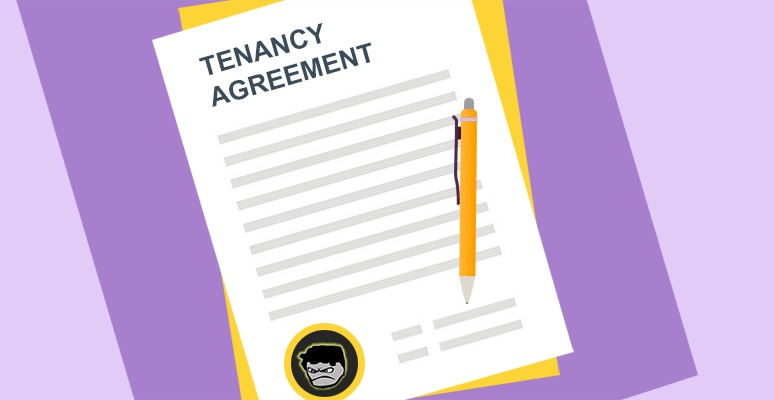

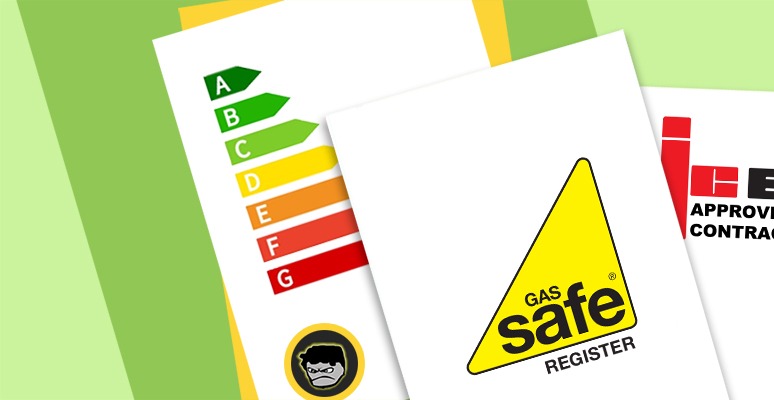
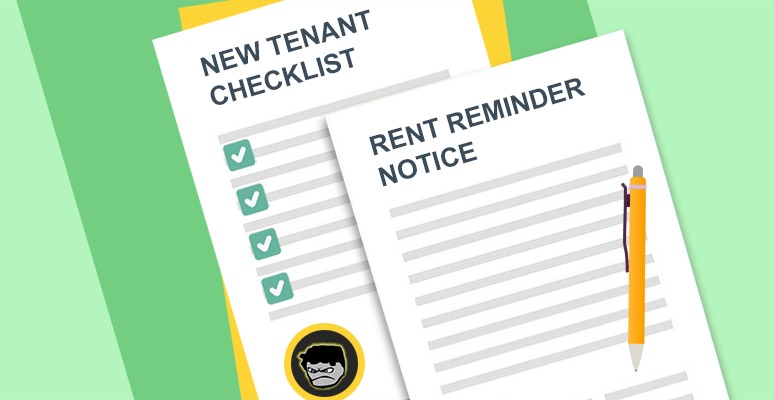
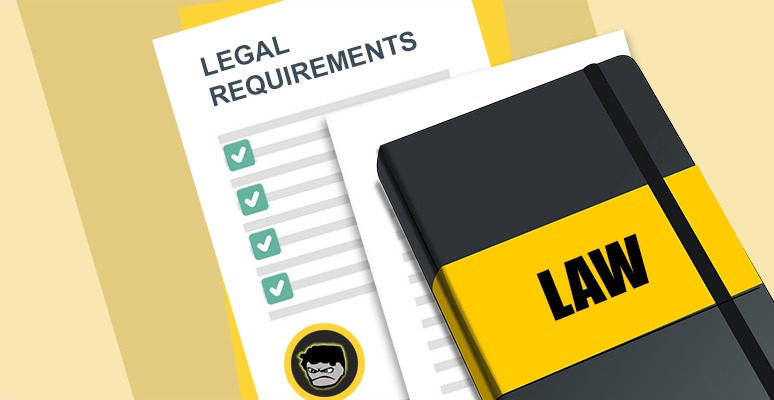
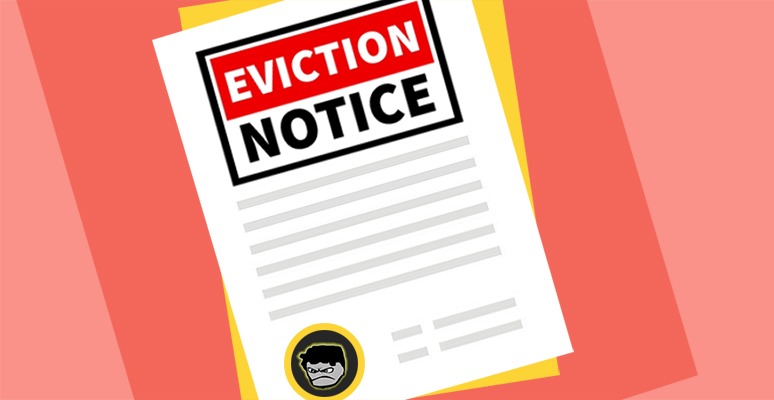
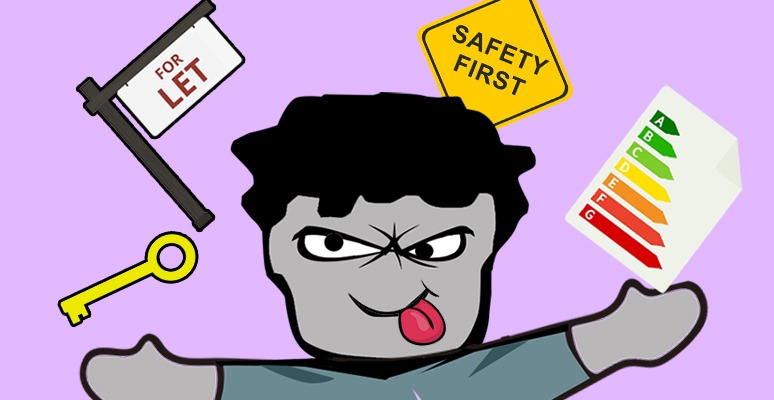











Wondered where the lady had gone! You keeping her to yourself Landlord?